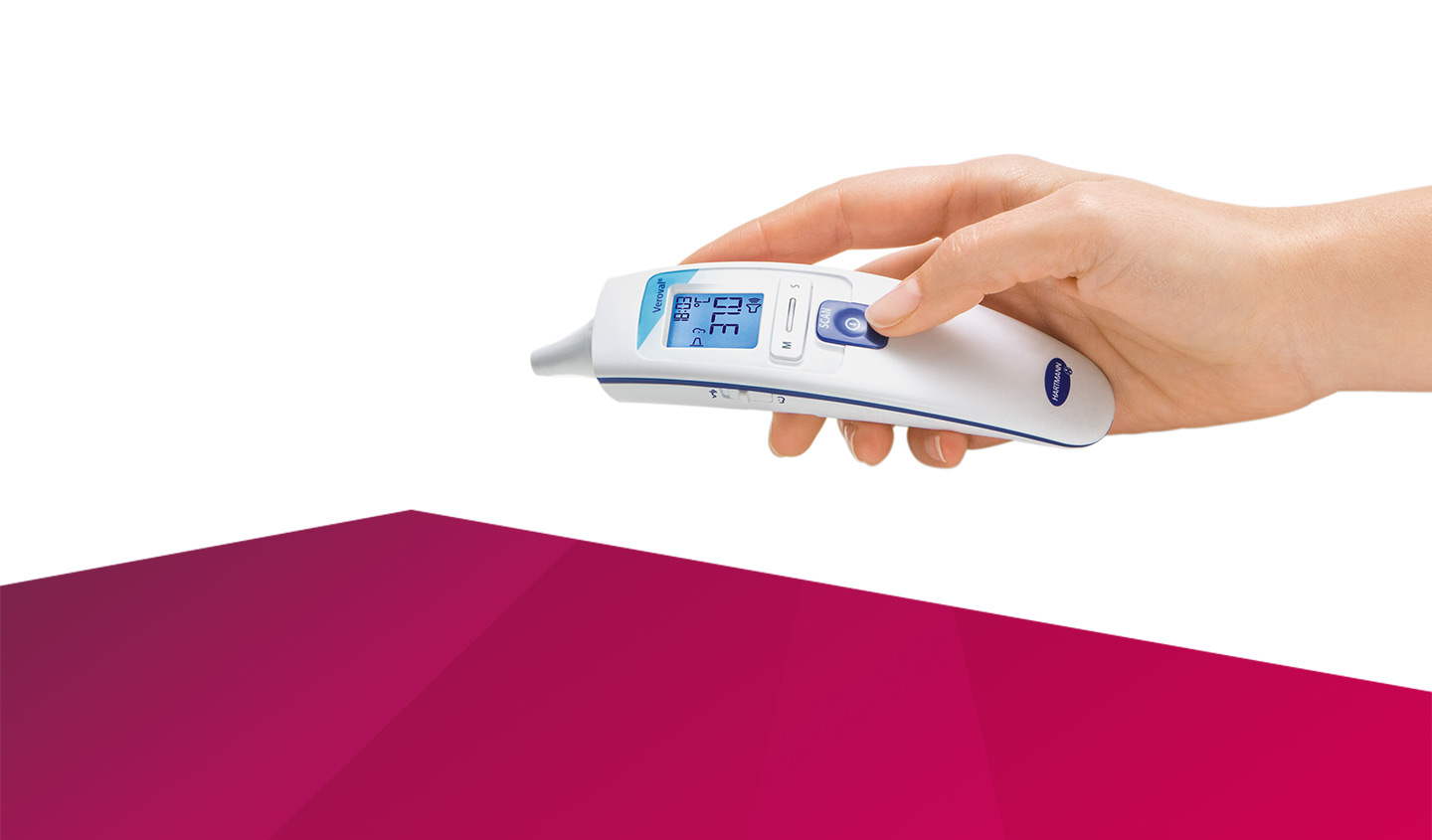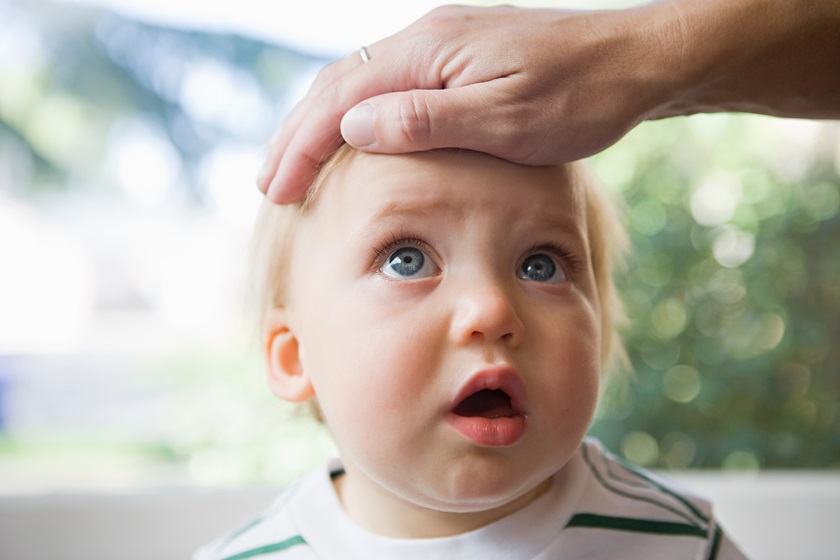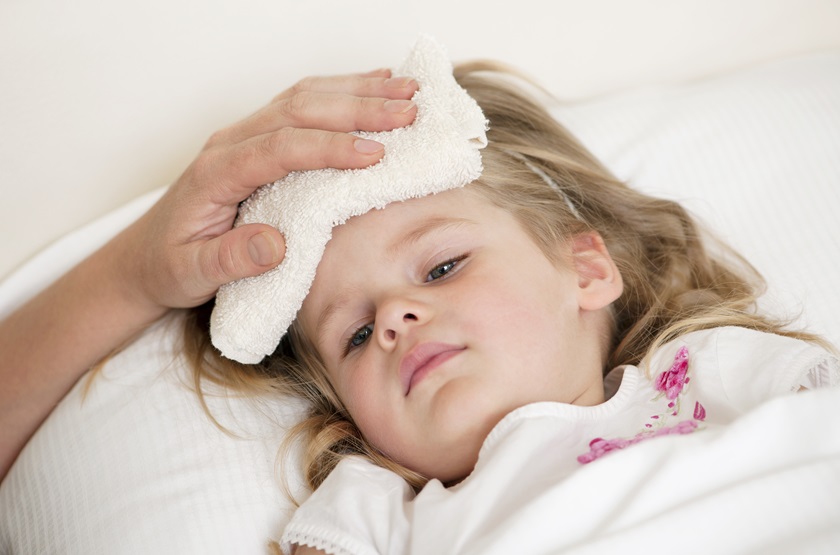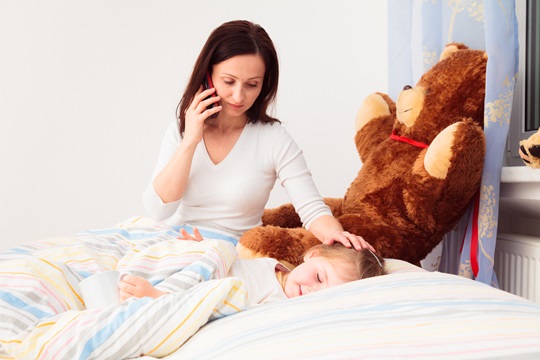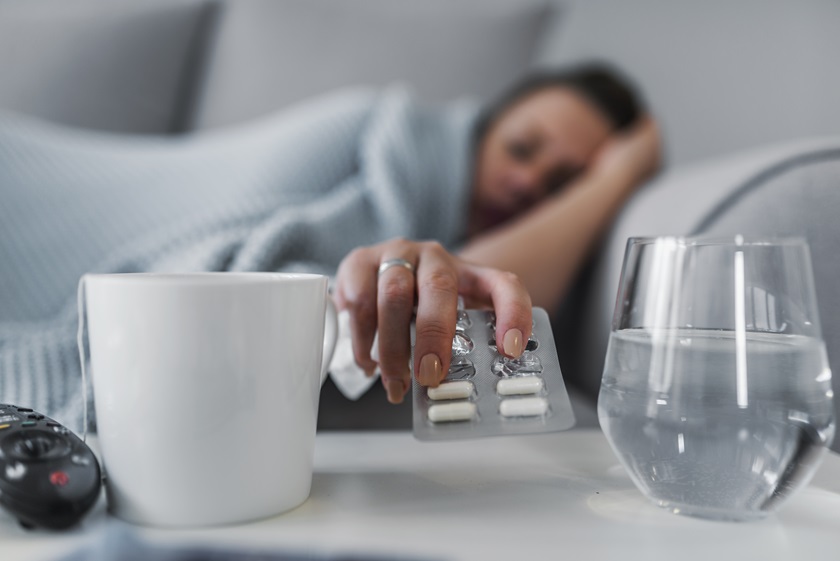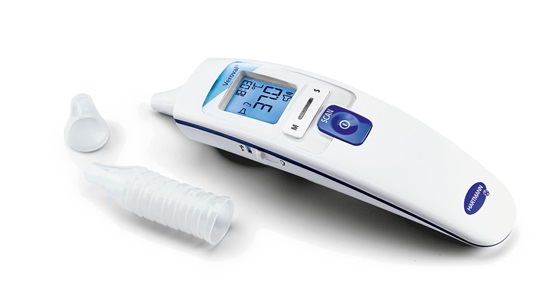Febrile seizures are rare. Only 3 % - 5 % of all children, usually between six months and five years of age, are affected by them. In most cases, febrile seizures disappear on their own. Febrile seizures usually have no consequences for the health of a baby and are considered harmless from a medical perspective. Children with febrile seizures are developing without any complication or any kind of damage in their brain. In some families, febrile seizures occur frequently.
It is understandable that febrile seizures appear very bad and threatening while your child suffers from them, especially the first time. It is a tough experience. As a parent, remaining calm is easier said than done.
It is advisable to take the following actions during febrile seizures:
- Lay down your child on a level, safe place with comfortable pillows if needed.
- Loosen the child's clothes so it can breathe easily.
- If there is vomiting, put the child on its side so that vomit does not enter its lungs.
- Under no circumstances shake the child because shaking may cause further injury.
- Do not give your child anything to eat or drink as it may cause suffocation.
- Note the duration of attack – helpful for further diagnosis.
- Contact medical help as soon as possible.
- Measure the body temperature.
- Measures to reduce the fever should be applied.
It is necessary for your child to be examined after febrile seizures to rule out any other medical complications. If febrile seizures occur repeatedly and last longer than a few minutes, your doctor may prescribe emergency medicine for your child. Your doctor will surely explain the uses and doses of the medicine against febrile seizures for your child to you.
In rare cases, a febrile seizure may last for more than 15 minutes or may show other abnormalities. In such cases, the seizure must be terminated with medication.
If in doubt, it is always better to call the ambulance and rush to the emergency room.

